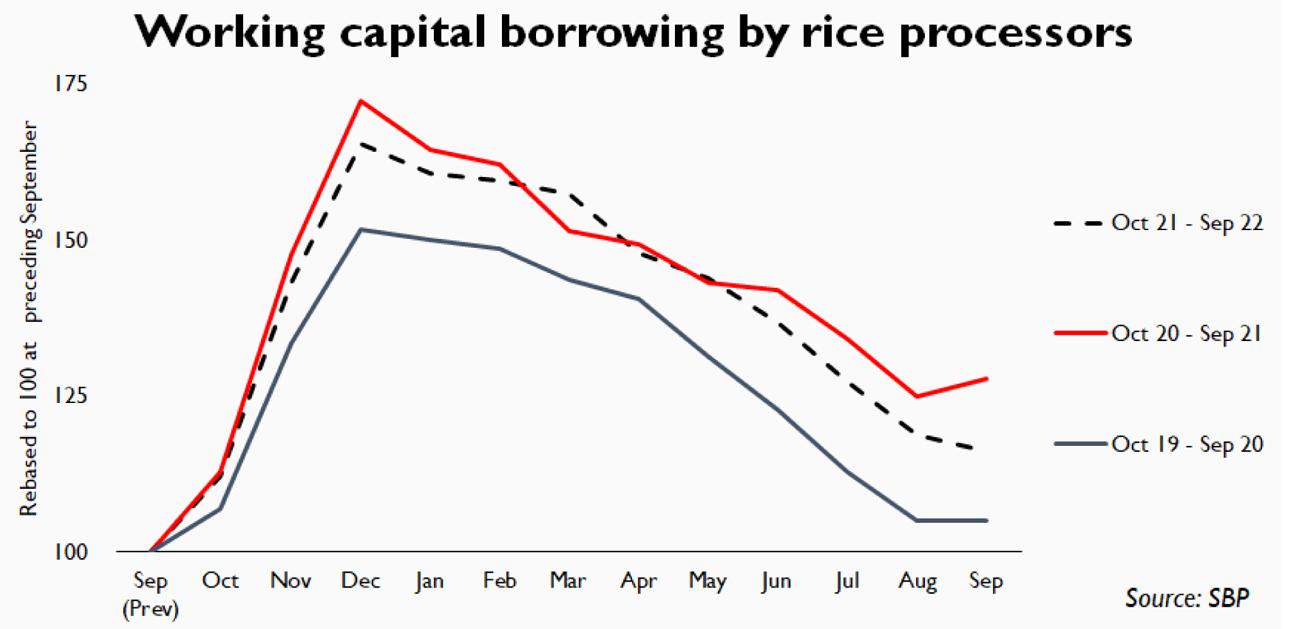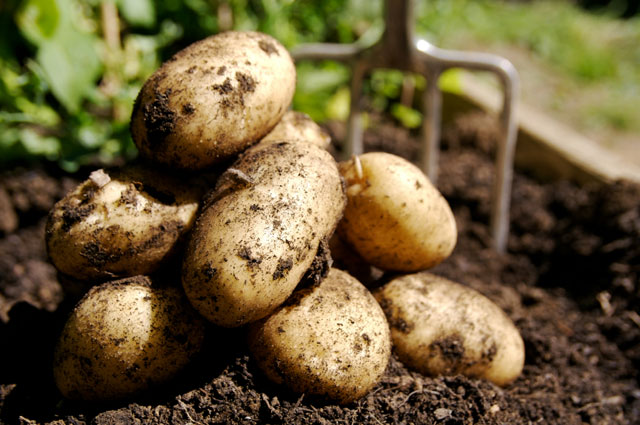ghazi52
PDF THINK TANK: ANALYST

- Joined
- Mar 21, 2007
- Messages
- 104,413
- Reaction score
- 106
- Country
- Location
.,,.,.,.
November 6, 2022
ISLAMABAD: Service exports grew 4.63 per cent in the first quarter of the current fiscal year, mainly driven by information technology.
In absolute terms, exports rose to $1.69 billion in July-September from $1.61bn a year ago, according to the latest data compiled by the Pakistan Bureau of Statistics.
In September, the export of services dipped by 1.73pc to $565.96m from $575.94m in the same month last year.
In the previous fiscal year, the export of services grew 17.2pc to $6.968bn from $5.945bn the preceding year.
The PML-N-led coalition government has projected services’ export target at $10bn for FY23.
The highest-ever growth in IT-related services pushed up the overall export figure. Other services include finance and insurance, transport and storage, wholesale and retail trade, public administration and defence sectors.
The Pakistan Software Export Board has created an entire IT Export Strategical Framework and executed programmes and schemes accordingly through a series of projects to develop infrastructure, human capital, company capability, global marketing, strategy and research, and promote innovation and technologies.
The services sector has emerged as the main economic growth driver by contributing 61pc to GDP in 2020-21 from 56pc in 2005-06.
The import of services fell 6.21pc to $2.34bn in July-September against $2.49bn in the same quarter last year. In September, services’ imports dipped by 5.11pc to $738.38m from $778.14m the preceding year. In FY22, the import of services rose 43.52pc to $12.143bn against $8.461bn the preceding year.
Trade gap shrinks
The trade deficit in services declined by 26.22pc to $647.35m in July-September against $877.35m over the corresponding months of last year. In September trade deficit dipped by 14.73pc to $172.42m against $202.20m in the same month last year.
The services trade gap widened by 105.73pc to $5.175bn in FY22 against $2.515bn in FY21.
The previous government had announced several measures in the budget 2021-22 for the promotion of services export, especially information technology.
Published in Dawn, November 6th, 2022
Exports of services grew 4.6pc in July-September
Mubarak Zeb KhanNovember 6, 2022
ISLAMABAD: Service exports grew 4.63 per cent in the first quarter of the current fiscal year, mainly driven by information technology.
In absolute terms, exports rose to $1.69 billion in July-September from $1.61bn a year ago, according to the latest data compiled by the Pakistan Bureau of Statistics.
In September, the export of services dipped by 1.73pc to $565.96m from $575.94m in the same month last year.
In the previous fiscal year, the export of services grew 17.2pc to $6.968bn from $5.945bn the preceding year.
The PML-N-led coalition government has projected services’ export target at $10bn for FY23.
The highest-ever growth in IT-related services pushed up the overall export figure. Other services include finance and insurance, transport and storage, wholesale and retail trade, public administration and defence sectors.
The Pakistan Software Export Board has created an entire IT Export Strategical Framework and executed programmes and schemes accordingly through a series of projects to develop infrastructure, human capital, company capability, global marketing, strategy and research, and promote innovation and technologies.
The services sector has emerged as the main economic growth driver by contributing 61pc to GDP in 2020-21 from 56pc in 2005-06.
The import of services fell 6.21pc to $2.34bn in July-September against $2.49bn in the same quarter last year. In September, services’ imports dipped by 5.11pc to $738.38m from $778.14m the preceding year. In FY22, the import of services rose 43.52pc to $12.143bn against $8.461bn the preceding year.
Trade gap shrinks
The trade deficit in services declined by 26.22pc to $647.35m in July-September against $877.35m over the corresponding months of last year. In September trade deficit dipped by 14.73pc to $172.42m against $202.20m in the same month last year.
The services trade gap widened by 105.73pc to $5.175bn in FY22 against $2.515bn in FY21.
The previous government had announced several measures in the budget 2021-22 for the promotion of services export, especially information technology.
Published in Dawn, November 6th, 2022







